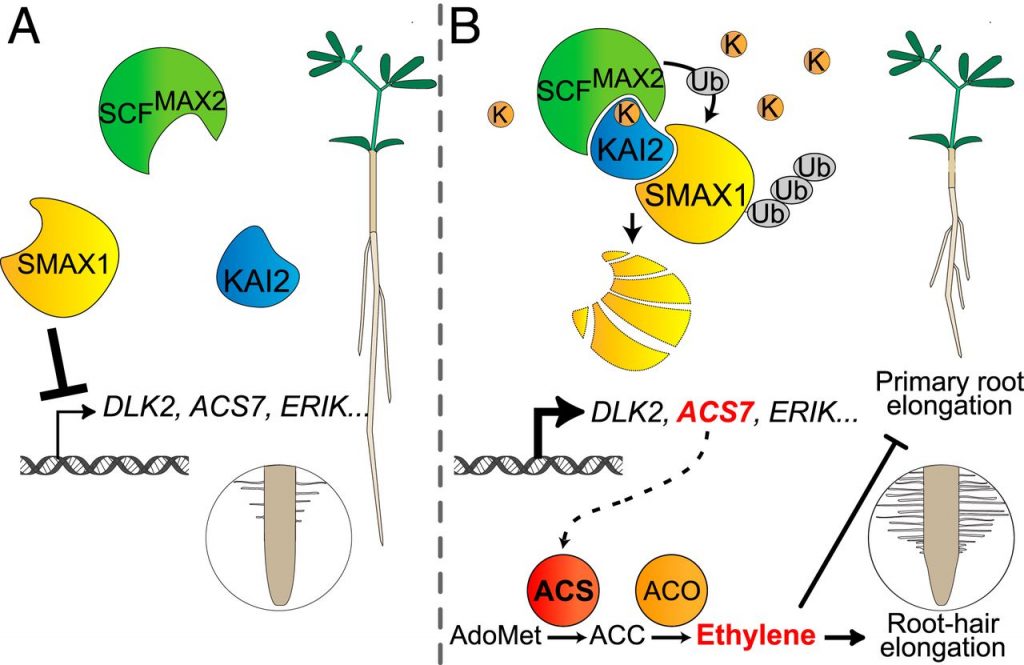
The karrikin signaling regulator SMAX1 controls Lotus japonicus root and root hair development by suppressing ethylene biosynthesis (Proc. Natl. Acad. Sci. USA)
Plant Science Research Weekly
KARRIKIN INSENSITIVE 2 (KAI2) and MORE AXILLARY GROWTH 2 (MAX2) form an important hormone receptor complex and mediate several developmental responses in the karrikin signaling pathway. The proteolytic degradation of the suppressor of MAX2 (SMAX1) is a major step in this pathway. Carbonnel et al.…
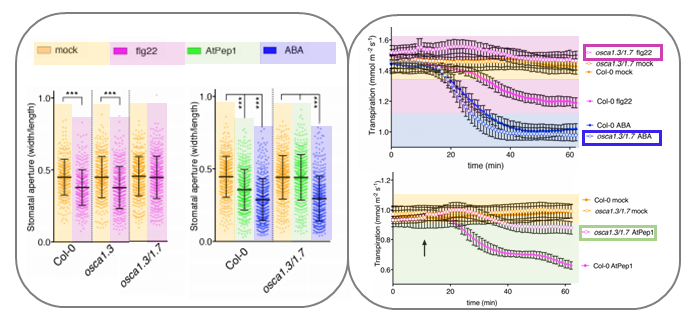
The calcium-permeable channel OSCA1.3 regulates plant stomatal immunity (Nature)
Plant Science Research Weekly
In plants, the perception of environmental threats induces a peak of calcium ions (Ca2+) in the cytosol that triggers signal transduction pathways leading to stomatal closure as defense response. In Arabidopsis, the mechanosensitive Ca2+ channel OSCA1 regulates water transpiration in response to…
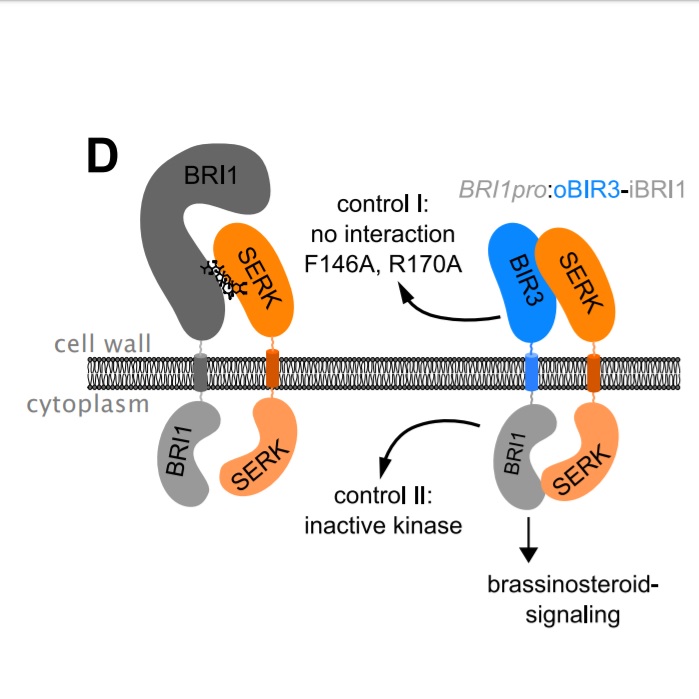
A protein engineering approach for elucidating receptor protein signaling function (Plant Cell)
Plant Science Research WeeklyPlant cells express an array of membrane-bound receptor proteins that recognize and respond to extracellular cues. However, their varied structure/specificity and methods of activation pose challenges in assessing their function. Focusing on Leucine-Rich Repeat Receptor Kinases (LRR-RKs), Hohmann et…
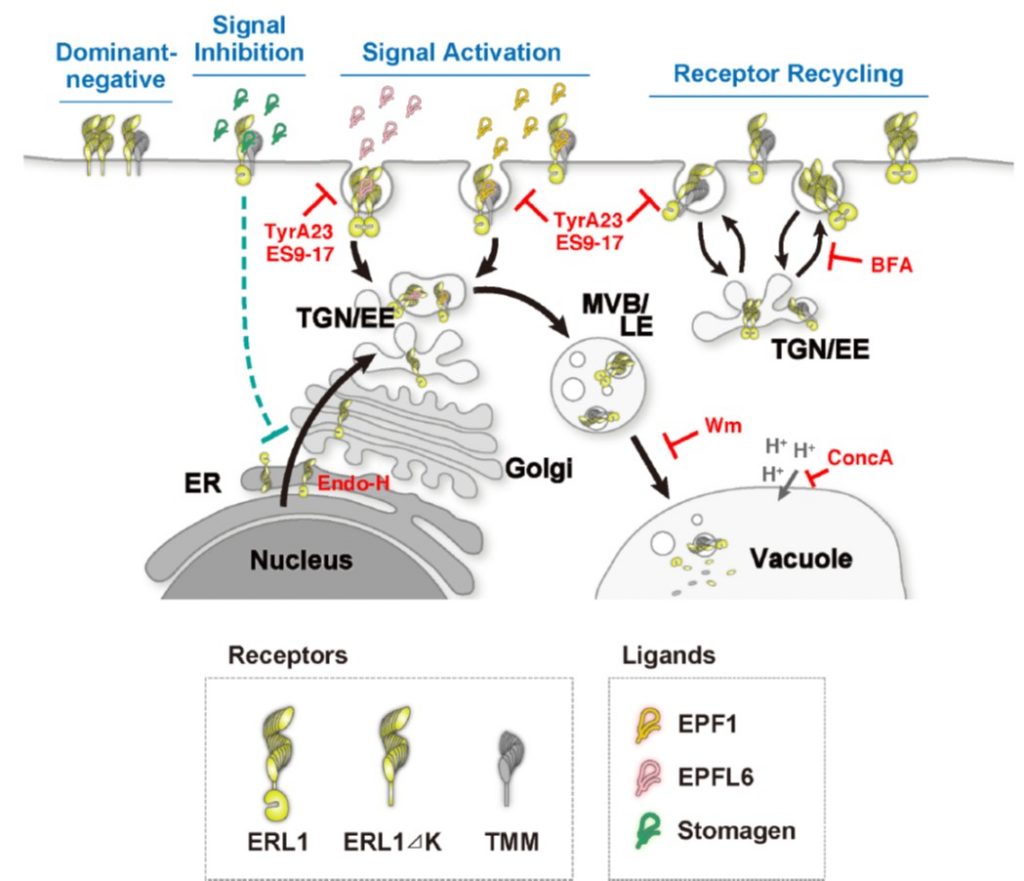
The manifold actions of signaling peptides on subcellular dynamics of a receptor specify stomatal cell fate (eLife)
Plant Science Research WeeklyStomatal development requires cell-to-cell communication and follows one cell spacing, with a minimum of one cell space between two stomata. Key to this communication are the ERECTA and ERECTA LIKE (ERL) Leucine-Rich Repeat domain-Receptor Like kinases (LRR-RLKs) and their ligands, the EPIDERMAL PATTERNING…
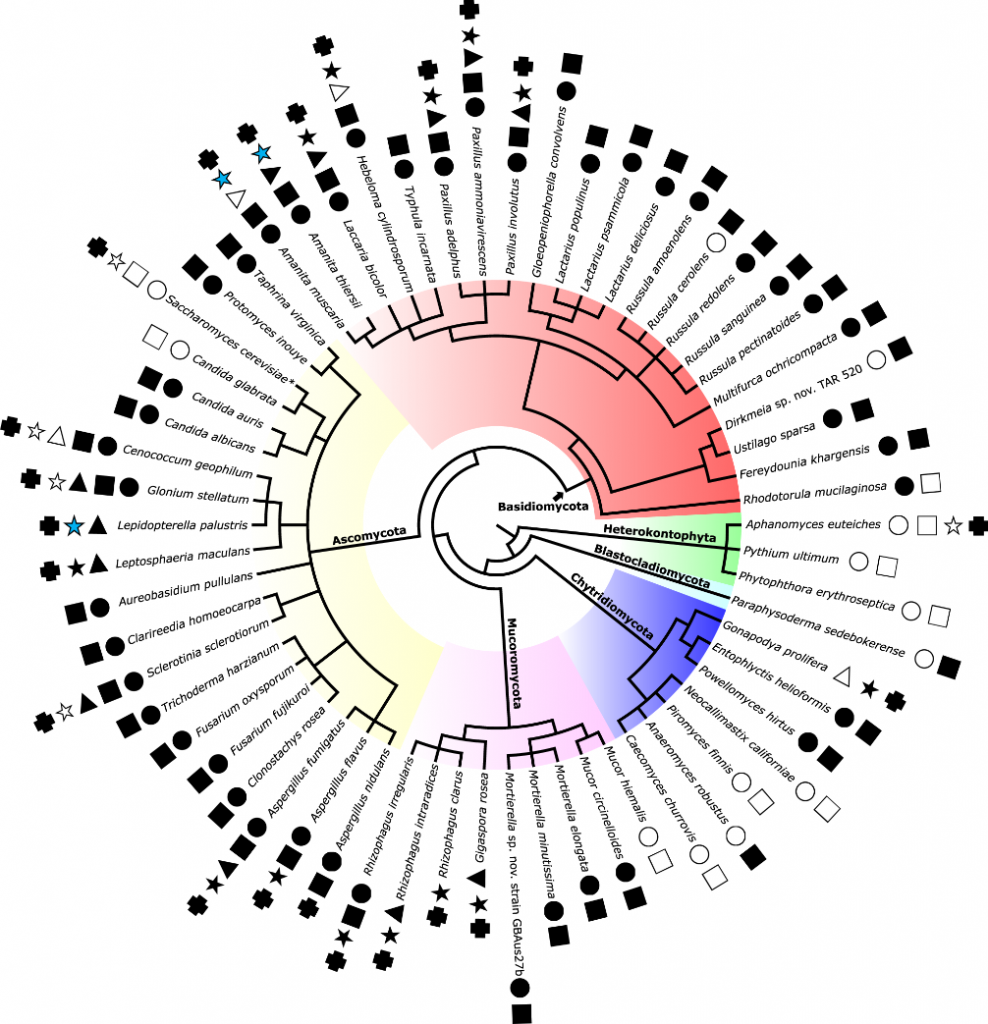
Lipo-chitooligosaccharides as regulatory signals of fungal growth and development (Nature Comms)
Plant Science Research WeeklyDuring symbiosis, the rhizobia bacteria rely on their lipo-chitooligosachharide signals (LCOs) to associate with plants. This signal is perceived by plant receptor like kinase, LysM-containing receptors which activate the common symbiosis signaling pathway (CSSM). Fungal symbiosis with plants has also…
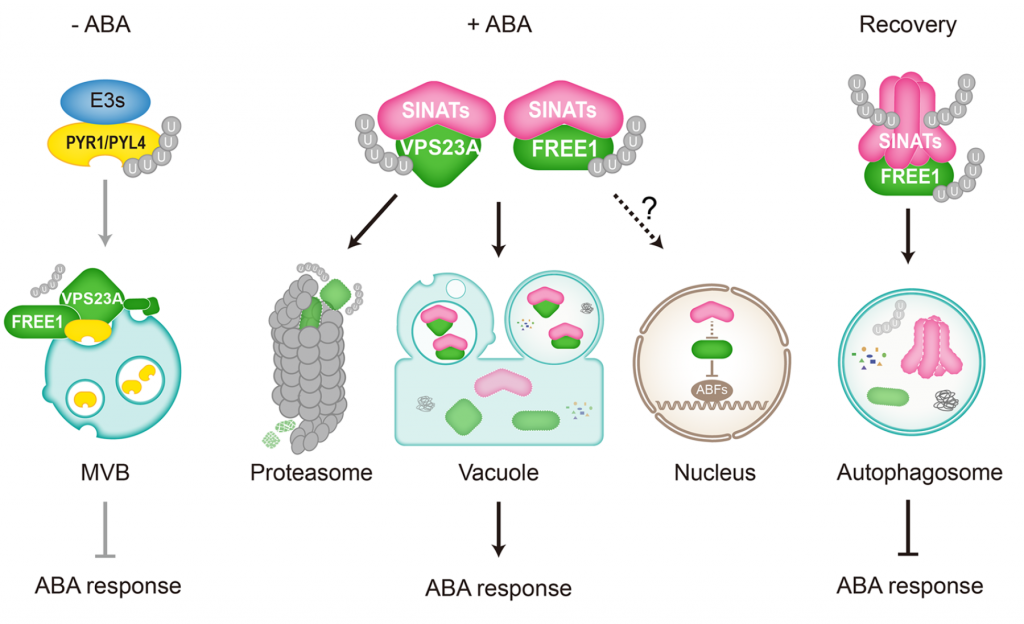
A new node in mediating crosstalk between the proteasomal and autophagic degradation pathways (Plant Cell)
Plant Science Research WeeklyProtein degradation is mediated by several systems: the ubiquitin-proteasome system, multi-vesicle body-mediated vacuolar sorting (MVB), and the autophagy-vacuole pathway. However, the communication between these different protein degradation systems are less characterized. Here, Xia et al. report a…
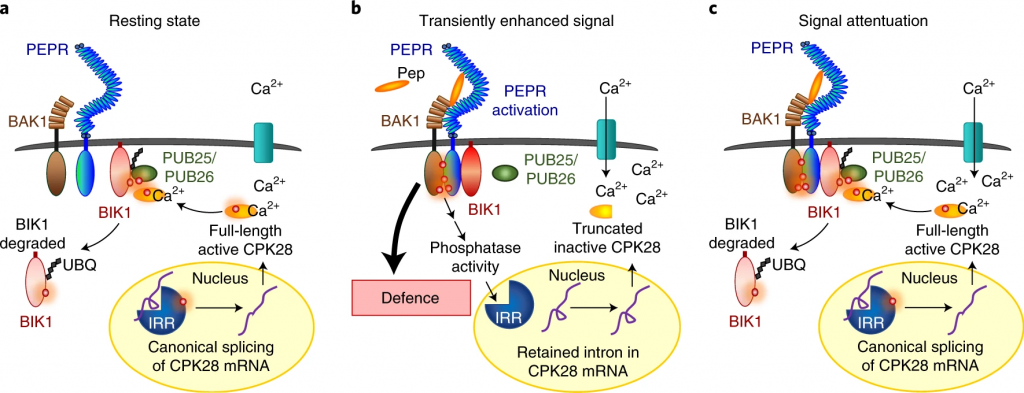
Dynamic regulation of Pep-induced immunity through post-translational control of defense transcript splicing (Nature Plants)
Plant Science Research WeeklyIn plant immunity, signal transduction is tightly modulated through mechanisms including controlled stoichiometry of key regulators. Dressano et al. identified the novel IMMUNOREGULATORY RNA-BINDING PROTEIN (IRR) as a negative regulator of immunity in both maize and Arabidopsis through a screen of Plant…

Review: Emerging mechanisms to fine-tune receptor kinase signaling specificity (COPB)
Plant Science Research WeeklyMaybe it’s because I’ve spent too much time in lockdown, but sometimes I find studies on cell signaling a bit impenetrable. Fortunately, this excellent review by Galindo-Trigo et al. has arrived, which elegantly walks the reader through the crowded world of receptor-like kinases and “how cells…
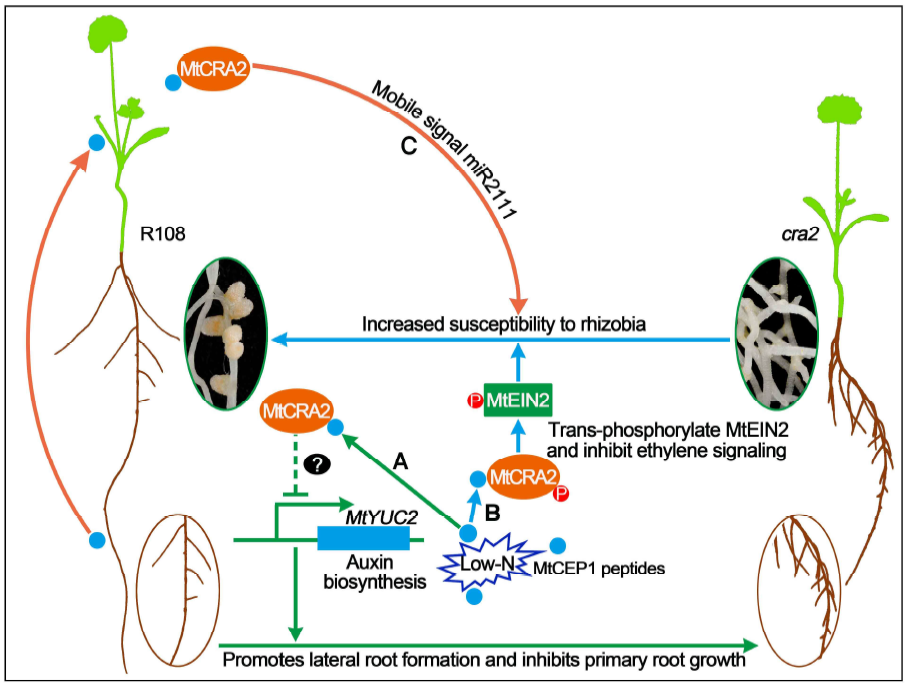
A CEP Peptide receptor-like kinase regulates root growth and symbiotic nodulation (Plant Cell)
Plant Science Research WeeklyUnder low N condition, plants form more lateral roots to facilitate N-uptake efficiency, and legumes such as Medicago truncatula develop more nodules to fulfill plant nitrogen requirements. Since both lateral root formation and nodulation are energy-consuming processes, plants balance these developmental…

